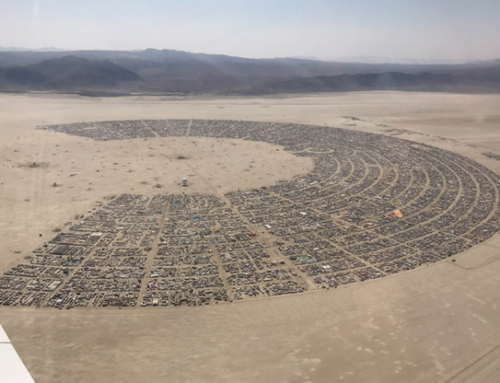Metaverse: An introduction
Metaverse is a virtual world that combines augmented reality, virtual reality, 3D holographic avatars, video, and other kinds of communication in an online environment. Users in the metaverse interact with one another by utilizing avatars and virtual reality technologies to “live” in a digital domain. By adopting unique digitalized avatars, this technology allows people to live parallel lives.
Indeed, the concept of the metaverse has been around for a long time. The concept was first proposed by an American author named Neal Stephenson in his science fiction novel “Snow Crash” in 1992. It reflected the idea of a soon-to-be-born digital world. Stephenson is currently employed by Magic Leap, where he is assisting in the creation of the metaverse. (1)
Metaverse: the initial concept
“Second Life” and “Roblox” were the first games to use the metaverse concept.
Second Life is a virtual world game in which players are given a second life. Users could explore the breathtaking scenery, construct castles, woods, and spacecraft, create avatars, meet new people, shop, and engage in social activities. It was first released in 2003, but it was soon abandoned due to hardware limitations, a lack of an intuitive user interface, and other problems. Philip Rosedale, the creator of Linden Lab’s virtual online world Second Life, will return to the project as a strategic consultant to assist with the metaverse debut.
Roblox is an odd game based in a vast open environment with lots of games. Since its beginning in 2004, the platform has grown to encompass 47 million daily active users and 9.5 million developers who make money by creating “experiences,” or user-created environments and games. (1)

Architects of the Metaverse
People need places in the metaverse, which necessitates the hiring of architects and designers to develop or improve these venues. However, as this new world expands, those we regard to be architects will most likely alter. Because of the shift in architecture’s objective, it’s possible that we’ll see a distinction between the titles of architect and meta-architect emerge over time. Traditional architecture is important for providing shelter and facilitating our daily activities, but meta-architects will focus solely on form, geometry, and visuals. (2)
Shift in perspective
Building for the metaverse may necessitate new talents and a shift of viewpoint for architects. Architects in the metaverse must undertake 3dmodeling and incorporate professional knowledge from a variety of professions, including user interface, content design, character design, and even game design. And this will introduce a large number of individuals to the realm of architecture. Architectural design teams could include a wider range of game designers and programmers. This new-age architectural design will involve a larger number of people. (2)

New education system
Aside from that, architecture education will need to teach this next generation of architects a combination of digital media and 3D technologies. This results in a shift away from architectural history, construction processes, and materials.
By providing a fully immersive environment that does not require physical presence, the virtual metaverse setting would be used to improve the relationship between architecture students and their professors and instructors. A practical framework for establishing interactive interactions will be offered, which may be applied by any architecture school. (3)
A new frontier in architectural conservation
The metaverse could also represent a new frontier in the field of building preservation. Since some buildings have been destroyed by natural or man-made disasters, the metaverse can serve as a platform for preserving structures within this digital reality for future generations. It can be thought of as a technique to express and understand architectural heritage by allowing users to engage with the environment and each other in a virtual setting. (3)

Metaverse vs. Real life architecture
A metaverse and authentic architecture are not the same thing. The most significant distinction is the space’s qualities. It exists in a natural environment whether or not you interact with it. In a virtual environment, however, each location has a rationale or a tale. That reason is one of the most important aspects of the virtual environment. (4)
In addition, there will be no real-life regulations or restrictions in the metaverse, such as gravity, structural stability, climate concerns, or physical laws. As a result, architects have the opportunity to create outstanding surroundings and genuine works of art despite the constraints they face.
The metaverse architecture, on the other hand, does not contain all five senses. As a result, the atmosphere is created with fewer sources, and visual and audio elements are emphasized more.
Finally, whereas visualizations are made in present architecture to convey the ambiance and details of the space to the audience prior to construction, in the metaverse, the entire environment is constructed with the same amount of time and effort spent solely on visualization. (4)




